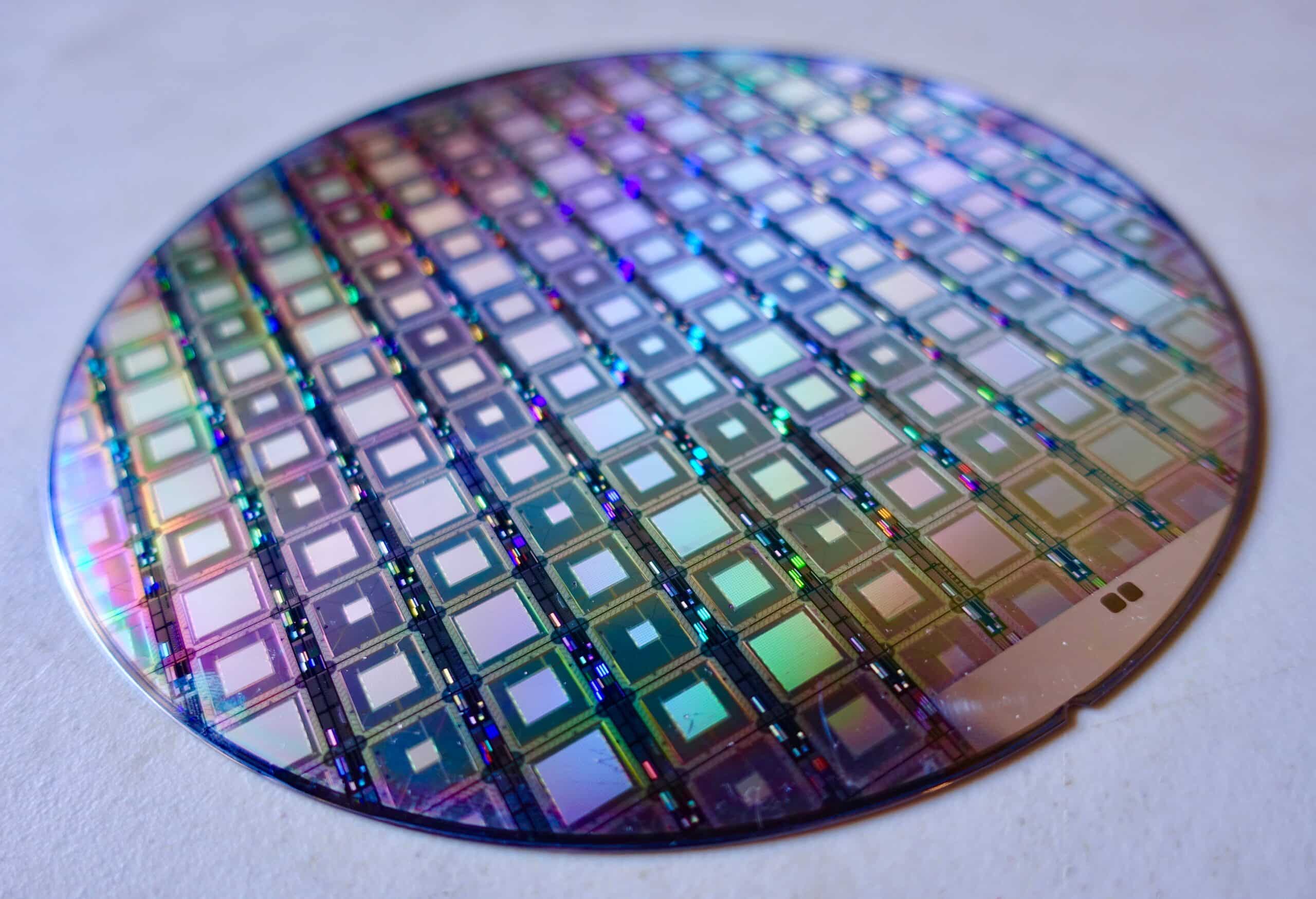Introduction
Quantum mechanics is a branch of physics explaining how tiny particles behave like atoms and electrons. It works very differently from the physics we see in everyday life. In this strange world, particles can be in two places simultaneously, send information instantly, and affect each other even if they are far apart.
This field has changed the way we understand the universe and has led to many important inventions. Technologies like semiconductors, lasers, quantum computers, and secure encryption all come from quantum mechanics. Even though it may seem complex, it plays a big role in the technology we use every day.
What Is Quantum Mechanics?
Quantum mechanics is a part of physics that explains how very small particles, like atoms and electrons, behave. Unlike big objects, which move in predictable ways (like a car driving on a road), tiny particles can be in more than one place at the same time, pass through barriers, and even affect each other instantly, no matter how far apart they are.
This makes quantum mechanics very different from regular physics, which follows clear and predictable rules. In everyday physics, objects have specific positions and speeds, and we can easily predict where they will be next. But in quantum mechanics, particles don’t have fixed locations until we measure them—they exist in a state of probability.
Even though this sounds strange, quantum mechanics is a key part of how the universe works. It also plays an important role in modern technology, helping to power things like computers, lasers, and GPS systems.

Key Principles of Quantum Mechanics
Quantum mechanics is based on several strange ideas that challenge what we think we know about reality. Here are four main concepts that explain how the quantum world works:
- Wave-Particle Duality
In quantum mechanics, tiny particles like electrons and photons can act both like solid objects (particles) and like energy waves. This means they can spread out like waves but also behave as individual particles when observed. This was shown in the double-slit experiment, where light created patterns like waves but also acted like particles when measured. - Superposition
Normally, objects exist in only one state at a time. But in quantum mechanics, a particle can be in multiple states at once until we measure it. This is called superposition. For example, an electron in an atom doesn’t follow one set path—it exists in all possible paths until we observe it. A well-known example is Schrödinger’s Cat, a thought experiment where a cat in a box is both alive and dead at the same time until someone looks inside. - Quantum Entanglement
Entanglement is a strange connection between two particles, where changing one instantly changes the other, no matter how far apart they are. Einstein called this “spooky action at a distance.” Scientists have proven that entanglement is real, and it is now being used in quantum computers and secure communication systems. - Uncertainty Principle
The Uncertainty Principle, proposed by Werner Heisenberg, says that we can never know both the exact position and speed of a particle at the same time. If we measure one precisely, the other becomes uncertain. This isn’t because of a problem with our tools—it’s just how nature works. This idea helps explain why atoms don’t collapse and why tiny particles behave in unpredictable ways.
These principles form the foundation of quantum mechanics and help us understand how the universe behaves on the smallest scales.
Applications of Quantum Mechanics
Quantum mechanics isn’t just a theory—it has real-world uses that are changing technology and science. Here are some of the most exciting ways it’s being applied:
- Quantum Computing: A New Era of Superfast Computing
Normal computers use tiny switches called bits that can be either 0 or 1. Quantum computers use qubits, which can be both 0 and 1 at the same time. This allows them to solve problems much faster than regular computers. Quantum computing could transform fields like medicine, artificial intelligence, and cybersecurity by solving problems that today’s computers can’t handle. - Quantum Cryptography: The Future of Secure Communication
Quantum mechanics is making communication safer through quantum cryptography. A method called Quantum Key Distribution (QKD) uses quantum physics to create secret codes that cannot be hacked. If someone tries to intercept a message, the system immediately detects it. Banks, governments, and the military are already testing this technology for secure communication. - Medical Imaging & Lasers: Quantum in Everyday Life
Quantum mechanics plays a key role in many technologies we use daily:- MRI Scans: Hospitals use Magnetic Resonance Imaging (MRI) to take detailed pictures inside the body. This works by using the quantum properties of atoms.
- Lasers: From scanning barcodes to performing eye surgery, lasers rely on quantum mechanics to produce focused beams of light.
- Microchips & Electronics: The tiny circuits in computers and smartphones use quantum effects to control the flow of electricity.
- These examples show that quantum mechanics isn’t just a weird science—it’s helping to shape the future of technology, security, and healthcare.
Conclusion
Quantum mechanics is one of the most exciting and important areas of physics. It challenges what we think we know about reality with ideas like wave-particle duality, superposition, entanglement, and the uncertainty principle. These concepts not only help us understand the universe better but also lead to incredible new technologies.
From quantum computers and secure communication to medical imaging and lasers, quantum mechanics is shaping the future. As scientists continue to explore this field, we will see even more amazing discoveries that could change the way we compute, communicate, and create new materials.
Share the knowledge with

